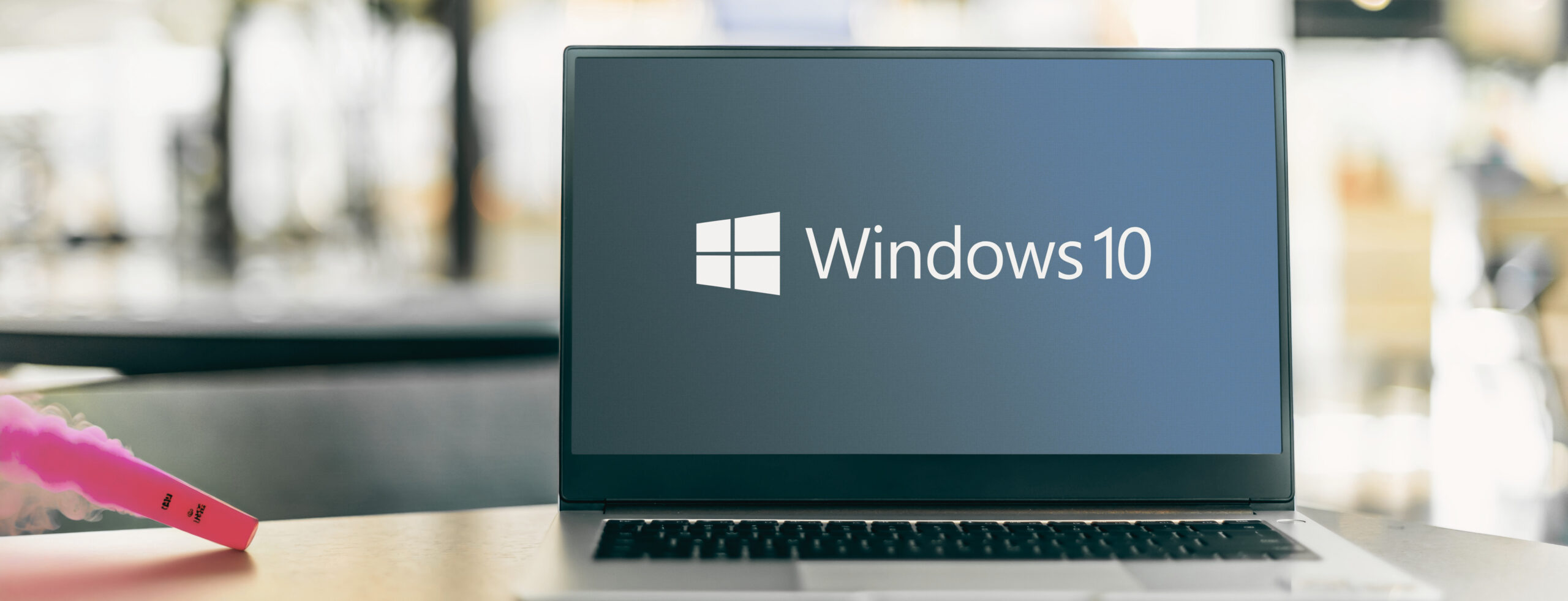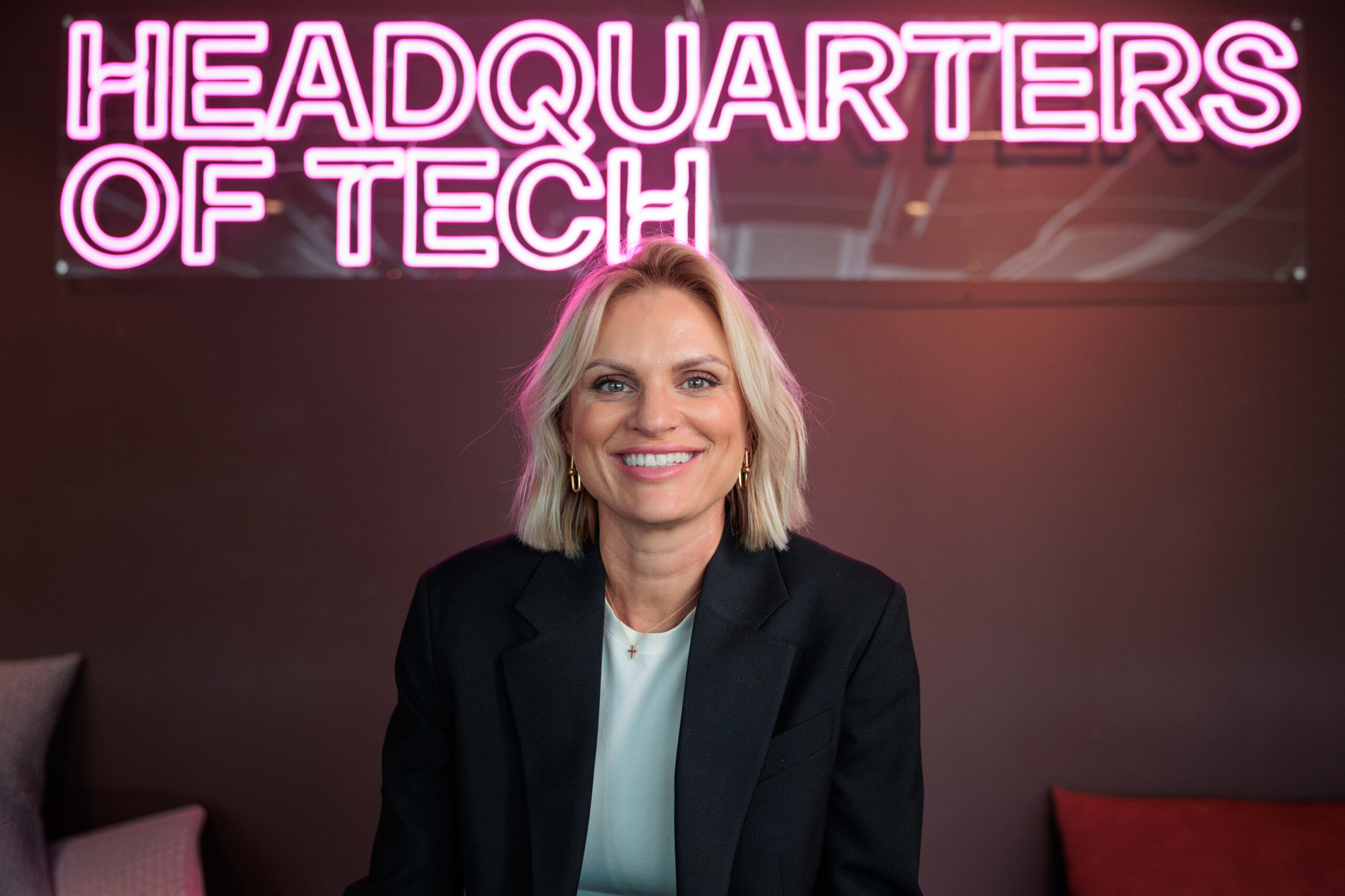Atlassian Rovo: AI as the Hub of Future Collaboration
Atlassian Rovo: AI as the Hub of Future Collaboration
Atlassian is best known for two products that today are used by hundreds of thousands of companies worldwide: Jira, the tool for planning and tracking software development, and Confluence, the platform for knowledge sharing and documentation. For many tech organizations, these systems form the very infrastructure of how work is organized and decisions are made.
When Atlassian introduced its new platform Rovo at the Team ’25 conference, it signaled something bigger than just another product release. It was a clear message that AI is no longer an add-on – it is becoming a foundation of how modern organizations work.
Rovo was released for general availability in Atlassian Cloud for Premium and Enterprise customers between April and July 2025. Standard subscriptions will gain access later in 2025, with October 2025 often cited as the expected month. Atlassian confirms that all Cloud customers will have access by the end of 2025.

Why Rovo Matters
In a reality where teams juggle code, documentation, support tickets, and strategic decisions across multiple parallel systems, fragmentation often becomes the bottleneck. The information exists, but it is scattered. Workflows function, but require manual effort to stay in sync.
Rovo is Atlassian’s response to this challenge. The platform is built on the Teamwork Graph – a shared data layer that allows AI to understand context, set priorities, and deliver insights tailored to each team. This makes Rovo not just a layer on top of Jira and Confluence, but an integrated engine for organizational collaboration.
AI as Standard
A defining difference compared to many other providers is that Rovo is now included for all Premium and Enterprise customers. This means AI doesn’t require new licenses but instead becomes part of the everyday workflow across the entire organization – from developers and project managers to HR teams and executives.
Key features include:
- AI-driven enterprise search across more than 50 SaaS applications. Customers such as Pythian estimate this saves 20 minutes per user per day.
- Rovo Dev Agents, enabling teams to create code plans, generate code, and automatically review pull requests directly within Jira.
- Integration with Loom AI, where meetings can be automatically transcribed and video content turned into bug reports or summaries.
In short: Atlassian has shifted AI from being an optional feature to becoming an infrastructure question.
Democratization of AI Agents
With Rovo Studio, teams can build their own AI agents to automate processes – with or without coding skills. To date, more than 45,000 workflows have already been created directly by customers. Examples from Sonos, Domino’s Pizza, and HarperCollins illustrate how this can translate into real impact. HarperCollins, for instance, reports a fourfold increase in project efficiency by using Rovo Agents to automate tasks and task distribution.
This may be the most transformative aspect of Rovo: moving AI from central control to local empowerment within every team.
What It Means for Decision-Makers
For leaders in tech organizations, the implications are clear:
- AI adoption happens organically – when AI is embedded where teams already work.
- New ways of working emerge – where AI is not only an assistant but an active part of how collaboration is organized, how decisions are made, and how knowledge is shared.
Gartner has highlighted Atlassian as an Emerging Leader in Generative AI 2025, precisely because of this holistic strategy. And with more than 1.5 million monthly AI users, it’s evident that the trend is rapidly becoming the new norm.
Conclusion
Rovo is not just an upgrade of Atlassian’s tools, but a paradigm shift in how we organize work. As AI moves into the very hub of collaboration and development, the question is no longer if we should use AI, but how we best organize ourselves to take advantage of it.
That’s a challenge – but also an opportunity for organizations that want to stay ahead of the curve.

Get in touch!
Get in touch!
Choose your nearest office, looking forward to hear from you!
Region Norrköping/Linköping





































































